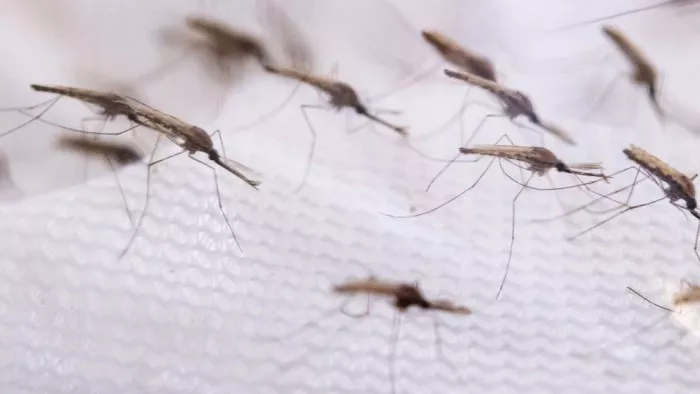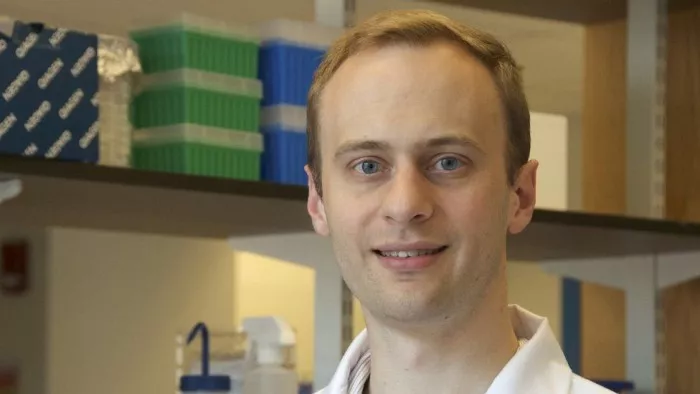According to the BBC, the research team target malaria is testing the gene driven technology for malaria mosquitoes in the laboratory - the next generation genetic modification (GM) technology** Liz O'Neill, head of GM freeze, a British reverse gene pressure group, said: "this is very worrying. It is very arrogant to release something specially created in the laboratory to fight nature and spread among wild populations without exception."

Gene driven ways of working sound like science fiction, but they have been used for laboratory testing. It's complicated, but here's a simple explanation.
The standard transgene is to introduce a new, laboratory adjusted gene into an organism, and gene driven technology goes further. It introduces a gene driver - a gene created in the laboratory, which can also copy itself automatically - to target and delete a specific natural gene.

It works like this: if an animal with gene drive (parent a) mates with an animal without gene drive (parent b), the gene drive of parent a begins to work immediately in the formed embryo that begins to combine their genetic material. It recognizes the natural gene version on the chromosome opposite to parent B and destroys it by cutting it from the DNA strand. The chromosomes of parent B then repair themselves -- but this is driven by replicating the genes of parent a.
Therefore, the embryo and the resulting offspring can almost guarantee the genetic driving force, rather than the 50% chance of standard transgene - because the embryo obtains half of the genes from both parents.
Gene scissors
Gene drive is by adding something called CRISPR to a gene, a programmable DNA sequence. This tells it to target a natural version of the DNA of another parent in a new embryo. The gene driver also contains an enzyme that actually cleaves.
So what's the point of such a complex technology? It is hoped that gene drive can be used to significantly reduce the number of malaria mosquitoes, as well as other pests or invasive species. This process is more effective than standard DNA because each offspring has introduced genetic features, which spread faster and farther.
One organization at the forefront of this field is target malaria, which has developed gene driven technology to prevent mosquitoes from producing female offspring. This is important for two reasons - only females bite, while without females, the number of mosquitoes will decline sharply.
Its core goal is to significantly reduce the number of deaths from malaria - 627000 people died of malaria in 2020, according to the World Health Organization. It can also reduce the economic impact of the disease. There were 241 million cases in 2020, mostly in Africa, and malaria is estimated to reduce the continent's economic output by $12 billion a year.
The financial impact of invasive species - from sugarcane toads to lionfish, brown snakes, fruit flies, zebra mussels and Zoysia japonica - is even higher. According to the national invasive species information center of the U.S. Department of agriculture, they cost the United States and Canada $26 billion a year. Globally, the impact over the past 50 years has been $1.29 billion.
However, activists like Liz O'Neill say the risk of unforeseen consequences is too high, such as gene driving leading to harmful and unforeseen mutations and chain reactions.
"Gene drive is steroid pressurized transgenes. When talking about gene drive, every concern about the use of any genetic modification will multiply because they are designed to spread far and wide," she said
However, although the technology has not been authorized for use in the field, there is no ban on continuing laboratory research. After serious debate in 2018, the United Nations Convention on biological diversity ruled that this situation can continue.

Dr. Jonathan kayondo is the lead researcher at target malaria, Uganda. He pointed out that natural genetic drivers already exist - dominant or "selfish genes" override weaker genes. He also stressed that safety remains the core issue when continuing to develop engineering gene drivers.
"Malaria is one of the oldest diseases on earth. Despite decades of efforts, one child still dies of malaria every minute," he said
"Innovative approaches are urgently needed because malaria mosquitoes and malaria parasites are increasingly resistant to current methods. Gene driven approaches can be part of an integrated approach to malaria control and complement existing interventions."
Dr kayondo added that target malaria was continuing to conduct gene driven tests on mosquitoes at Imperial College London and the Italian research company Polo GGB.
"The project is being carried out step by step and the security of the technology is being evaluated at each stage," he added
"External scientific advice and independent external risk assessment are being sought for each stage of the research, and the project will not proceed further if there is evidence that concerns about human, animal health or environmental safety make the technology unacceptable to participating communities and national governments."

One of the pioneer developers of gene drive in the world is American biologist Kevin esvelt, who is an associate professor at MIT. He first proposed this technology as early as 2013.
Professor esvelt said that safety is the main concern, and it is being incorporated into the latest gene driven technology. "Given that gene drive has the potential to change the entire wild population and thus the ecosystem, the development of this technology must include strong safeguards and control methods," he said
Professor esvelt added that this technology is being provided by something called "daisy chain". In this case, the gene driver is designed to become inactive after several generations. Or each generation halves its spread until it finally stops. He said that using this technology, it is possible to control and isolate gene driven transmission.
"A town can release genetically modified organisms at its borders to change local populations while minimizing the impact on the next town," he said